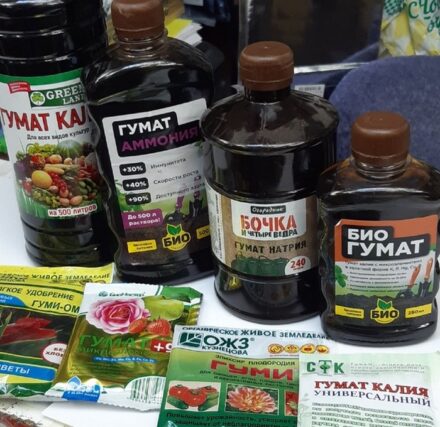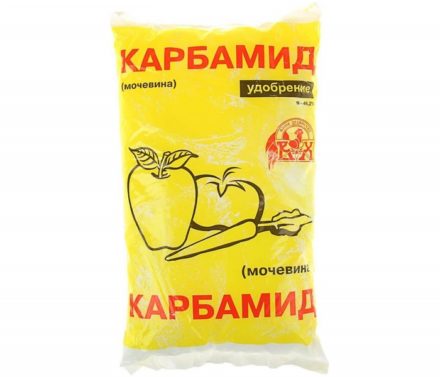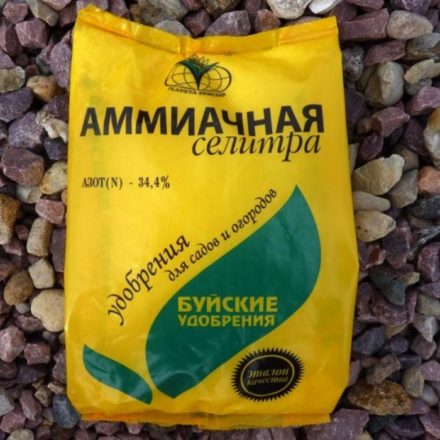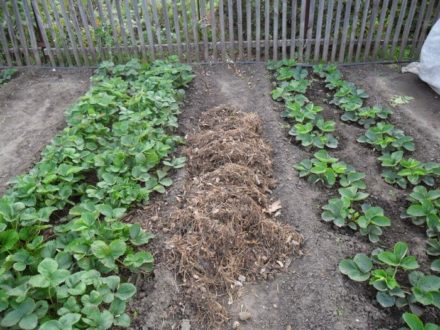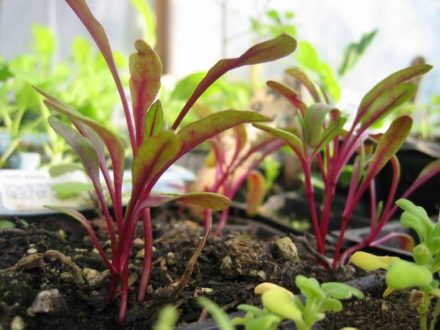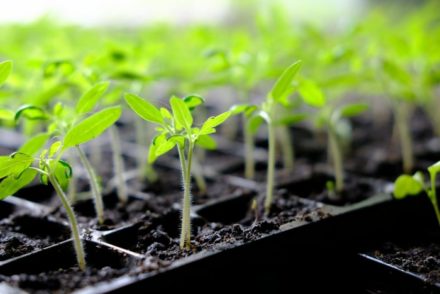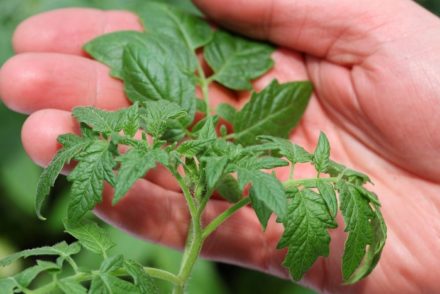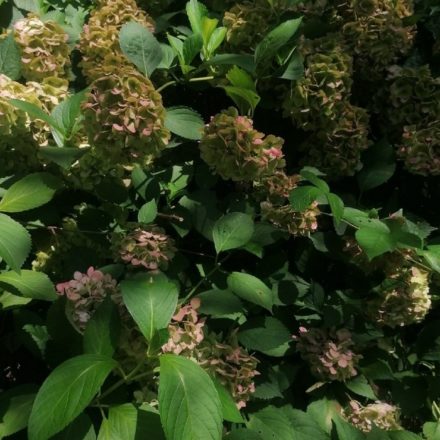One of the main stages of caring for tomato seedlings is feeding. But untimely application of fertilizers may not accelerate the growth of the plant, but, on the contrary, become a “pest”. Therefore, each phase of tomato growth corresponds to a certain feeding, and in a strictly defined quantity.

Many gardeners believe that the first fertilizing should be done 2 days after the formation of cotyledon leaves, but in fact, if the soil chosen for growing seedlings is nutritious, then there is no such need. With optimal growth of young tomatoes, seedlings are fed only 2 times per season and additionally when indicated.
After the pick
The first mandatory feeding is carried out after the seedlings have four full leaves and 2 weeks after picking. Nitroammophoska is used as a fertilizer during this period. To feed, 4 g of nitroammophoska is diluted in 10 liters of warm water and the plants are watered with this solution. It should be noted that you should not pour the working solution into the seedlings, since stagnation of the liquid can lead to rotting of the root system.
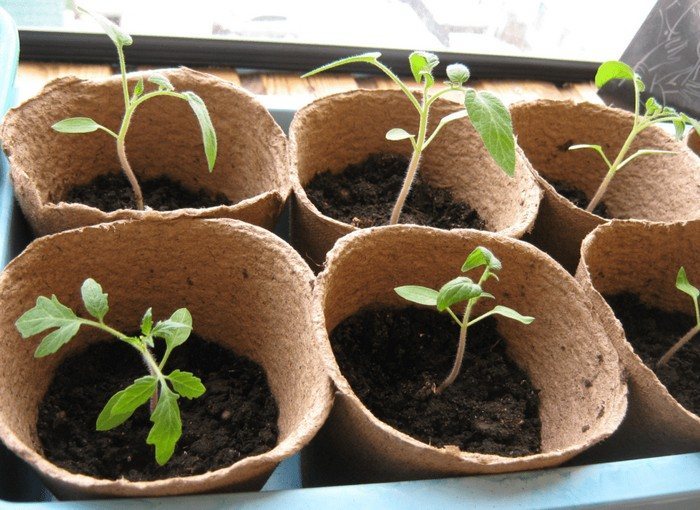
If the seedlings do not tolerate picking well and begin to slow down their growth rate, then a decade after the first watering with nitroammophos, fertilizing can be repeated. But this stage is not required.
Also, you should not use the remaining working solution after the first feeding, as it will no longer be useful. The liquid is diluted again.
Before disembarking
3-4 days before planting tomatoes in a greenhouse or soil, seedlings need to be prepared. To do this, carry out the second mandatory feeding of tomatoes.
Since during this period the plant needs potassium and phosphorus fertilizers, it is fed with superphosphate and ash. Prepare a solution in the following proportions: dilute 30 grams in 10 liters of water. superphosphate and 60 gr. wood ash. Add 1 cup of solution to each sprout.
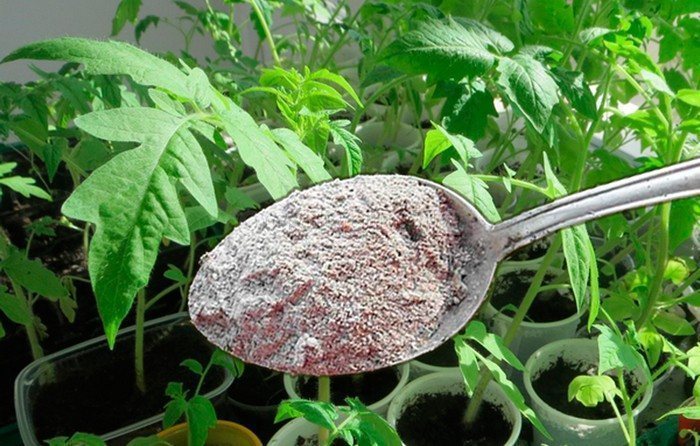
Additional fertilizing
The seedlings themselves will tell you whether it is necessary to apply additional fertilizers: if the development is not correct, then it is worth analyzing what the tomato lacks and feeding it exactly what is necessary.
Weakening and curling of the lower leaves, as well as a purple tint on the underside of the leaf, indicate a lack of nitrogen. It is necessary to feed the tomatoes with ammonium nitrate (30 grams per 10 liters of water) or mullein (diluted in water 1 to 10).
If seedlings develop slowly or even stop growing, tomatoes should be watered with a superphosphate solution (20 grams per bucket of water). Phosphorus will help develop strong roots and make tomatoes more resistant to disease.
If an edge burn forms on the leaves or the leaves become dark and wrinkled, this means that the seedlings do not have enough potassium. In this case, the tomatoes are fed with ash (1 tablespoon per 1 liter of water) or potassium sulfate (30 grams diluted in 10 liters of water).
When feeding tomato seedlings, you should understand that the rule: the more, the better, in this case it works against increasing productivity.A plant may grow or strengthen its roots, but not produce fruit.


